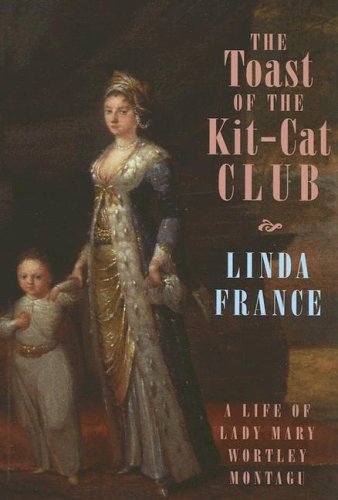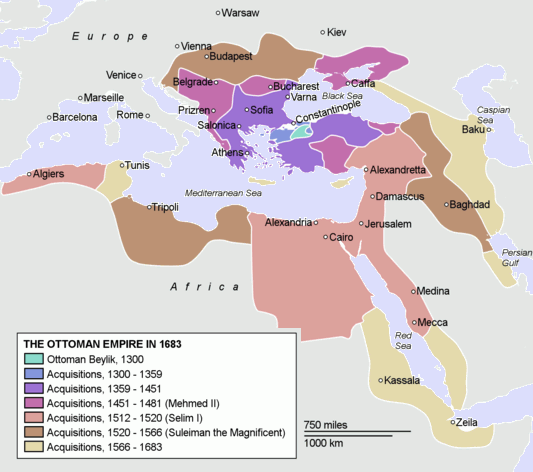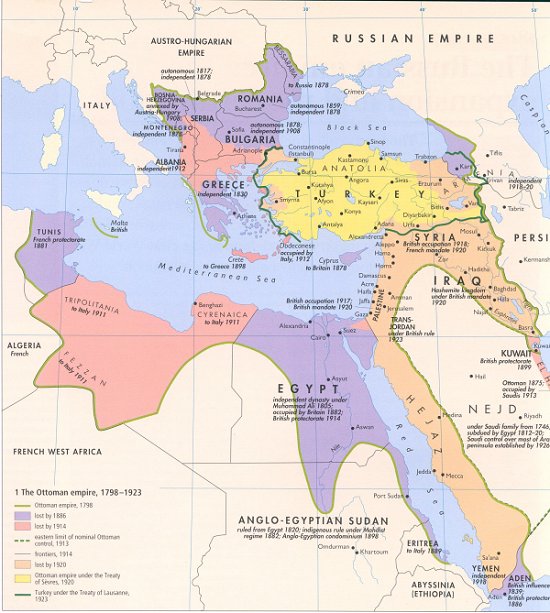 While I'm online this afternoon, I thought that I would post a quick entry on Candide and its author, the satirist and philosopher Voltaire. The picture above is from a recent production of the opera Candide that was performed in Philadelphia. Here is a review of that production:
While I'm online this afternoon, I thought that I would post a quick entry on Candide and its author, the satirist and philosopher Voltaire. The picture above is from a recent production of the opera Candide that was performed in Philadelphia. Here is a review of that production:http://phillyist.com/2008/10/17/phillyist_reviews_candide.php
Hmmm....I wonder if our library has a copy of this opera!
In case it does not, here is a link to the South Korean opera singer Sumi Jo's performance of "Glitter and Be Gay" from Bernstein's Candide.
http://www.youtube.com/watch?v=D4PWz6wBRzg
But back to the philosophical tale and its author!
 To begin with, the BBC's h2g2 wiki has a useful overview of Candide. It places Voltaire's most famous work into the context of his entire body of work as well as into its historical context:
To begin with, the BBC's h2g2 wiki has a useful overview of Candide. It places Voltaire's most famous work into the context of his entire body of work as well as into its historical context:http://www.bbc.co.uk/dna/h2g2/A37616853
Here is a link to Brian Charles Clark's recent review of a new translation of Candide. Here he compares Voltaire's work to the satires of Kurt Vonnegut, especially Slaughterhouse Five.
http://www.curledup.com/candidev.htm
On the other hand, Stephen A. Fuqua here compares Candide to Alexander Pope's "Essay on Man." Pope is an eighteenth-century English poet; he was a few years older than Voltaire. Pope, by the way, was a Catholic; for that reason, he could not go to the English universities or hold office or even live in London.
http://safnet.com/literae/html/cosmic.html
Here is blogger Sora Ryu's commentary on Candide alone.
http://daemon.gaia.com/blog/2009/2/so_you_still_believe_in_god_commentary_on_voltaires_candide?printable=1
I want to close with a few links about Voltaire himself:

Lucidcafe has posted a (relatively) short but comprehensive biography of Voltaire:
http://www.lucidcafe.com/library/95nov/voltaire.html
And that biography links to an article about the beatings that Voltaire received from hired thugs over the years.
http://www.historyhouse.com/in_history/voltaire_rohan/
The Voltaire Foundation at Oxford has a more extensive biography of Voltaire. It includes discussion of his works and his role in the Enlightenment.
http://www.voltaire.ox.ac.uk/www_vf/about_voltaire/biography.ssi
Below is a picture of Voltaire's chateau at Ferney, a French town near the Swiss border.
 W.H. Auden wrote "Voltaire at Ferney," which I will link to below:
W.H. Auden wrote "Voltaire at Ferney," which I will link to below:http://poetry.eserver.org/voltaire.html
This poem will give you some idea of what the writer's time there was like.










